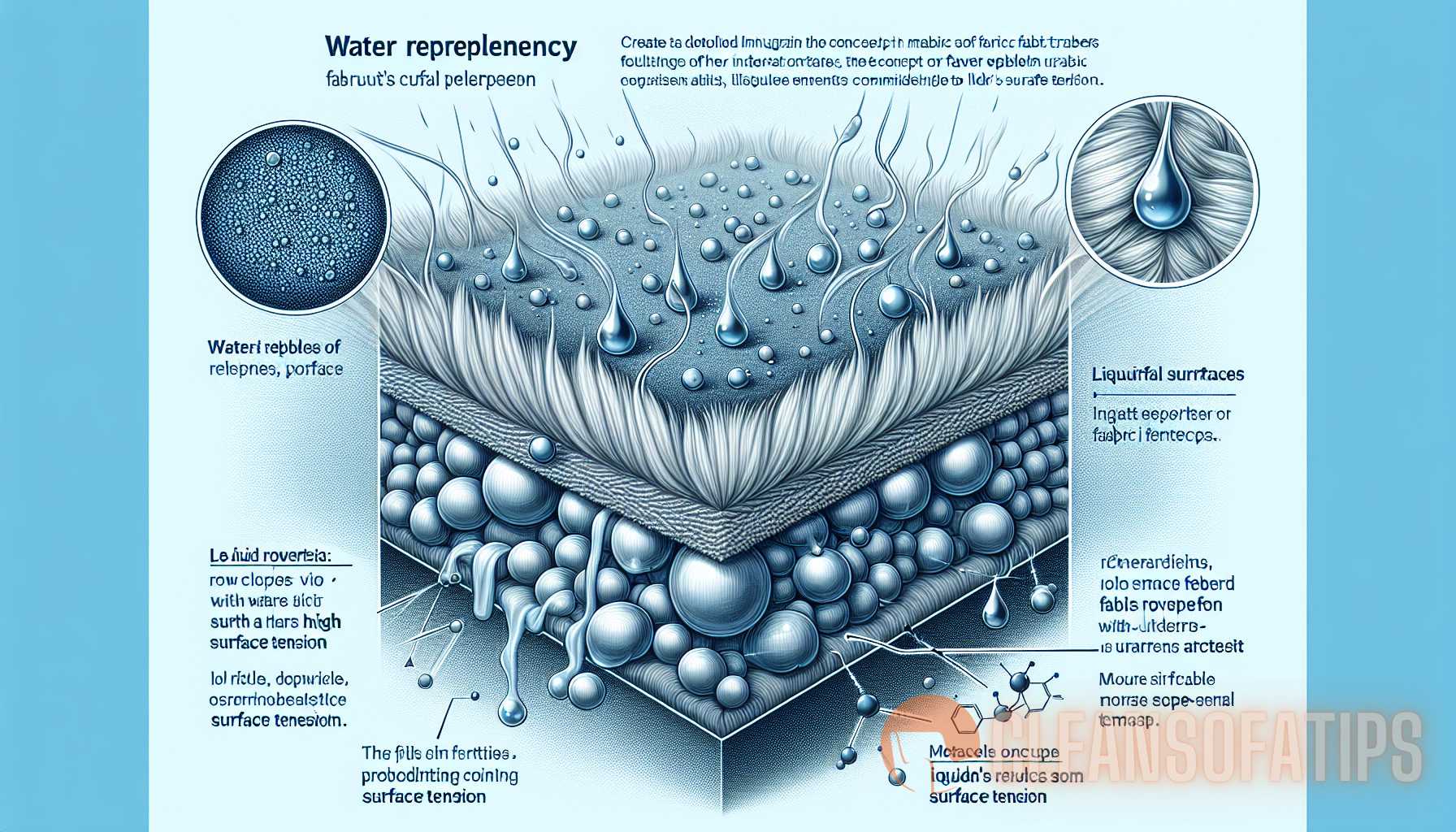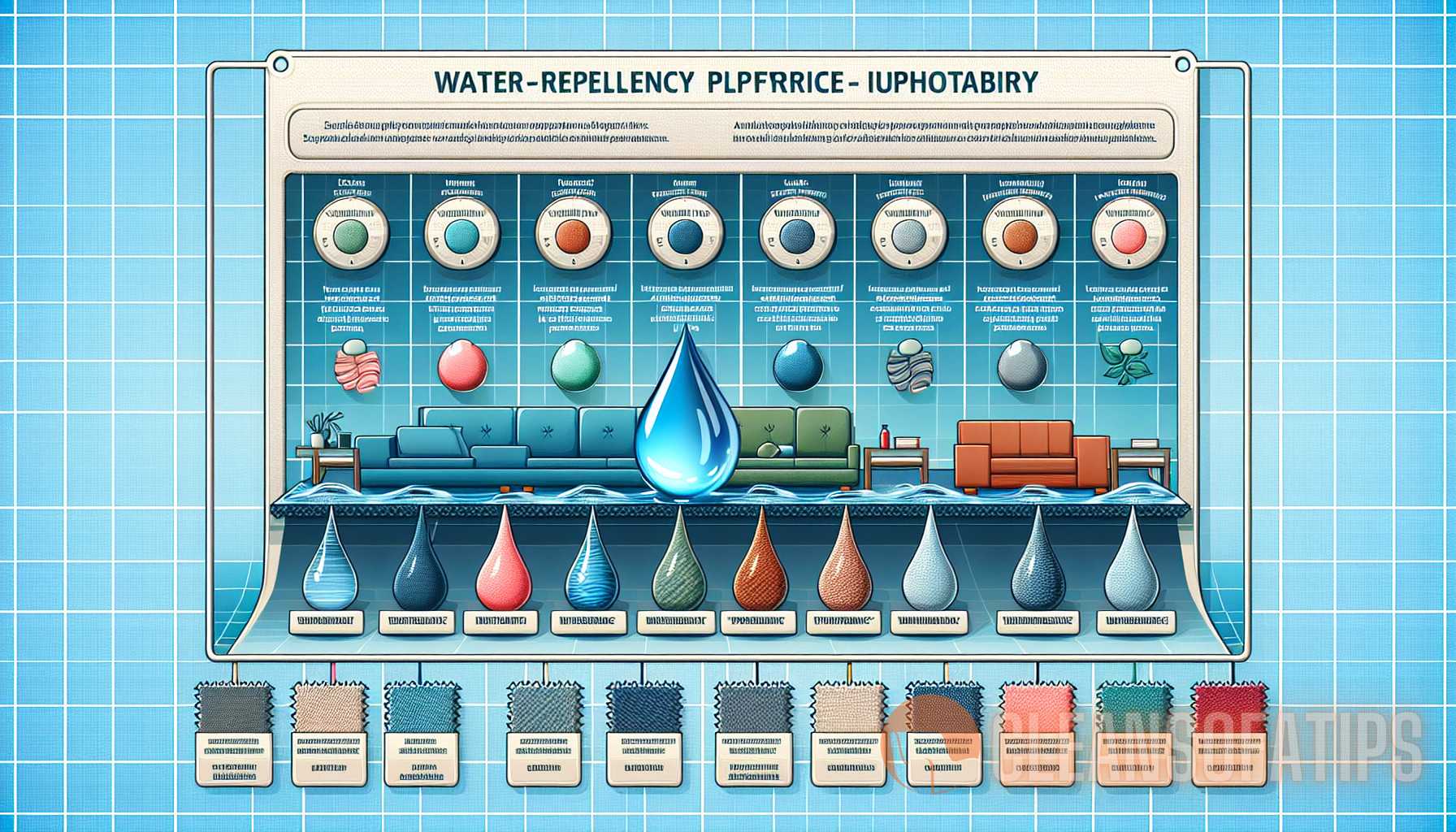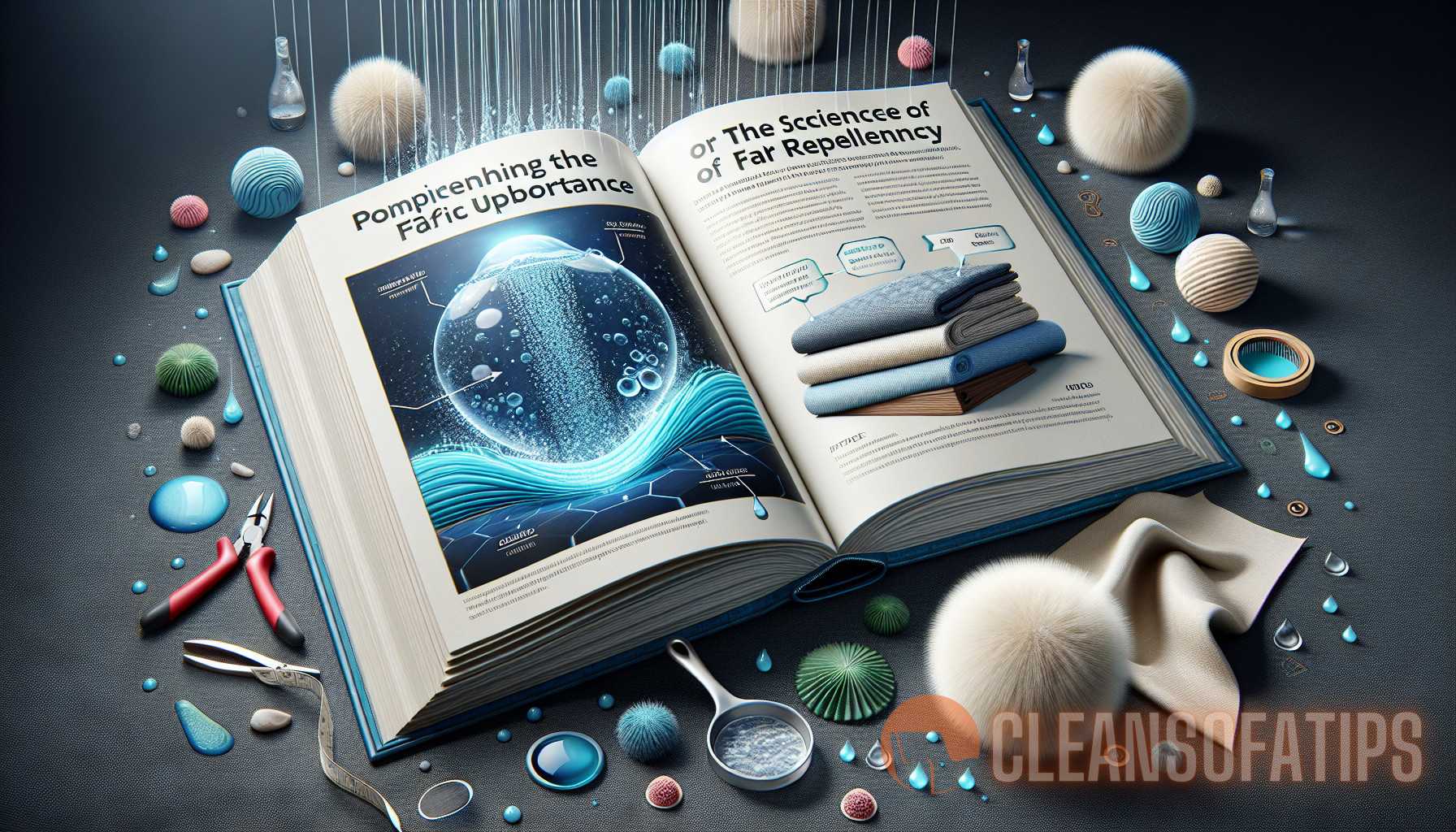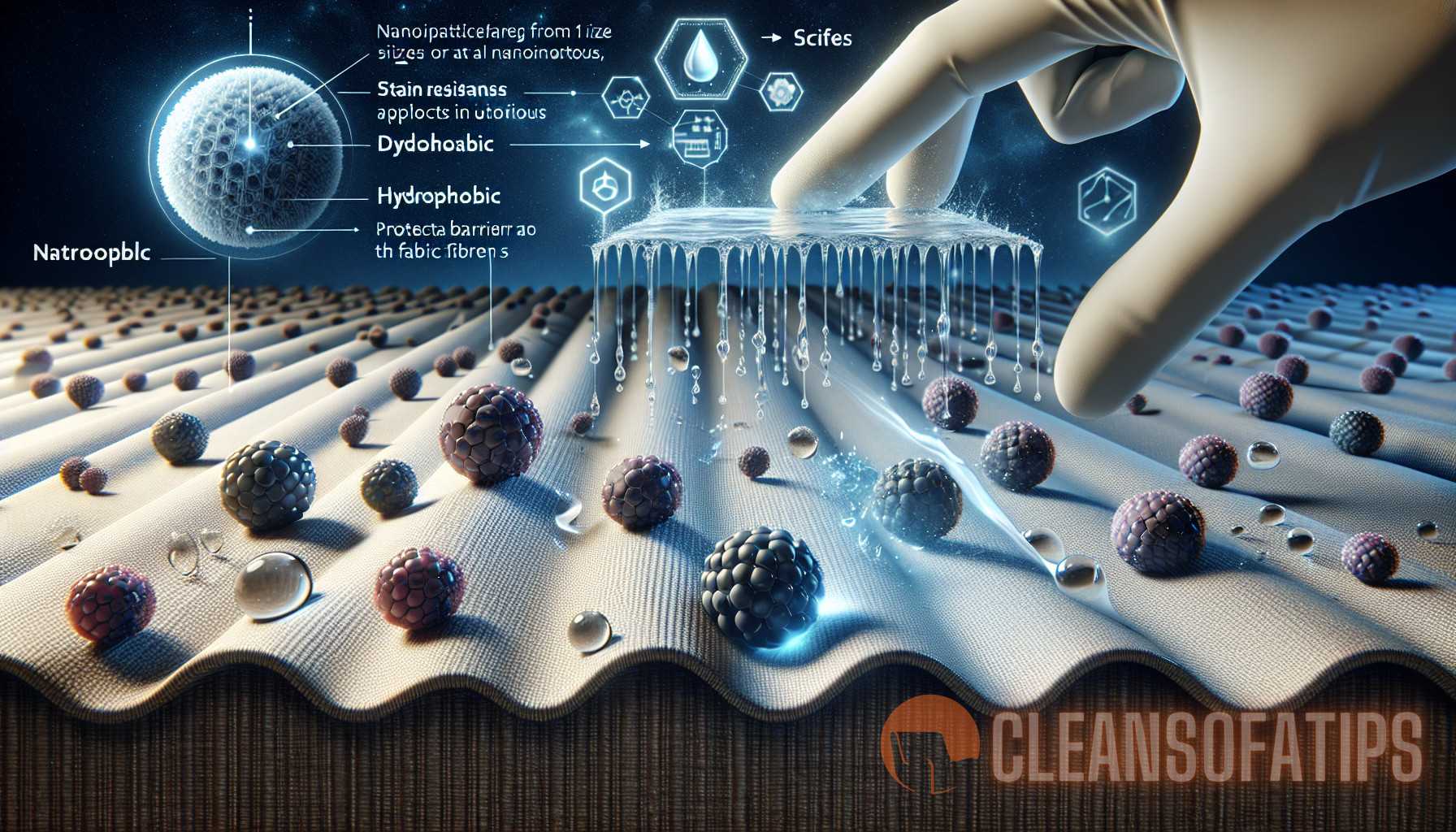Unlocking the Secrets: Unraveling the Science of Water Repellency to Prolong the Lifespan of Your Fabric Upholstery
Water repellency is a valuable property in fabric upholstery. It not only helps to keep your furniture dry and stain-free but also prolongs its lifespan. Understanding the science behind water repellency can empower you to make informed choices when it comes to selecting upholstery fabrics and maintaining them. In this comprehensive guide, we will delve into the fascinating world of water repellency and explore how it can preserve the beauty and functionality of your fabric upholstery for years to come.
Table of Contents
- What is Water Repellency?
- The Importance of Water Repellency for Fabric Upholstery
- How Does Water Repellency Work?
- Factors Affecting Water Repellency
- Testing for Water Repellency
- Maintaining Water Repellency
- Choosing Water-Repellent Fabrics
- Conclusion
What is Water Repellency?
Water repellency refers to the ability of a material to resist the penetration of water. When a material is water-repellent, water droplets bead up and roll off its surface instead of being absorbed. This property is particularly important in fabric upholstery as it provides a protective barrier against spills, stains, and moisture damage.
Water repellency is often confused with water resistance or waterproofing. While all three properties involve repelling water to some extent, they are not the same. Water resistance refers to a material’s ability to resist water penetration for a certain period of time, while waterproofing refers to a material’s complete impermeability to water.
Water repellency is a desirable quality in fabric upholstery as it allows for breathability and prevents the fabric from becoming damp. It helps to maintain the integrity and appearance of the upholstery by preventing water from seeping into the fabric and causing mold, mildew, or water stains.
Now that we have a basic understanding of water repellency, let’s explore why it is so important for fabric upholstery.
The Importance of Water Repellency for Fabric Upholstery
Water repellency plays a crucial role in preserving the lifespan and appearance of fabric upholstery. Here are some key reasons why water repellency is important:
- Stain Resistance: Water repellency helps to prevent spills and stains from penetrating the fabric. When a liquid comes into contact with a water-repellent fabric, it forms droplets that can be easily wiped away, leaving minimal residue.
- Moisture Protection: Water repellency creates a barrier that prevents moisture from seeping into the fabric. This is especially important in humid environments where excessive moisture can lead to mold, mildew, and odors.
- Preserving Fabric Integrity: Water repellency helps to maintain the structure and integrity of the fabric by preventing it from becoming saturated. Waterlogged fabric can lead to stretching, warping, or weakening of the fibers over time.
- Enhanced Durability: Water repellency extends the lifespan of fabric upholstery by protecting it from moisture-related damage. Fabrics that are not water-repellent are more prone to fading, tearing, and degradation.
Understanding the importance of water repellency for fabric upholstery is the first step towards making informed choices when it comes to selecting and maintaining your upholstery. Now, let’s explore the science behind water repellency and how it works.

How Does Water Repellency Work?
The water-repellency of a fabric is determined by its surface tension and the inherent properties of the fibers. Surface tension refers to the attraction between the molecules of a liquid at its surface. A liquid with high surface tension tends to form droplets, while a liquid with low surface tension tends to spread out.
When water comes into contact with a water-repellent fabric, the surface tension of the water causes it to bead up into droplets. This happens because the surface of the fabric has low surface energy, meaning it repels the water molecules.
Water-repellent fabrics achieve their repellency through two main mechanisms:
- Hydrophobic Coatings: Many water-repellent fabrics are treated with hydrophobic coatings, which create a barrier that prevents water from penetrating the fabric. These coatings are typically made of perfluorinated compounds (PFCs) or silicone-based polymers.
- Microscopic Structures: Some fabrics have microscopic structures on their surface that create a lotus leaf effect, known as the Lotus Effect. These structures trap air pockets, preventing water from touching the fabric directly.
The combination of these mechanisms allows water-repellent fabrics to resist the penetration of water and keep the fabric dry and stain-free.
Now that we understand how water repellency works, let’s explore the factors that can affect the water-repellent properties of fabric upholstery.
Factors Affecting Water Repellency
The water-repellent properties of fabric upholstery can be influenced by various factors, including:
- Fabric Type: Different types of fabrics have different inherent properties that affect their water repellency. Synthetic fabrics such as polyester and nylon are generally more water-repellent than natural fabrics like cotton or wool.
- Weave Structure: The weave structure of a fabric can impact its water repellency. Fabrics with tight weaves or dense structures are generally more water-repellent compared to fabrics with loose weaves.
- Treatment: Fabrics can be treated with water-repellent finishes or coatings to enhance their repellency. However, these treatments may degrade over time or with use.
- Surface Tension: The surface tension of the liquid coming into contact with the fabric can also affect its water repellency. Liquids with lower surface tension, such as alcohol or oil, may penetrate water-repellent fabrics more easily.
It is important to consider these factors when selecting fabric upholstery and understanding how to maintain its water-repellent properties. The next section will explore how water repellency can be tested to ensure its effectiveness.
Testing for Water Repellency
Several methods can be used to test the water-repellent properties of fabric upholstery. Here are some commonly used techniques:
- Spray Rating Test: This test involves spraying water onto the fabric and assessing its resistance to wetting. The fabric is rated on a scale from 0 to 5, with 0 indicating complete wetting and 5 indicating no wetting.
- Hydrostatic Pressure Test: In this test, a column of water is applied to the fabric under increasing pressure. The point at which water starts to penetrate the fabric is recorded, giving an indication of its water resistance.
- Rain Chamber Test: This test simulates rainfall by subjecting the fabric to a controlled water spray. The fabric is evaluated based on criteria such as water penetration, water repellency, and drying time.

These tests provide valuable information about the water-repellent properties of fabric upholstery and can help in determining their suitability for different applications.
Now that we have explored the testing methods, let’s move on to the next section and learn how to maintain the water repellency of fabric upholstery.
Maintaining Water Repellency
While fabric upholstery may come pre-treated with water-repellent finishes, these treatments can degrade over time or with use. To maintain the water repellency of your fabric upholstery, follow these essential care tips:
- Regular Cleaning: Regularly clean your fabric upholstery to remove dirt, dust, and oils that can compromise its water-repellent properties. Follow the manufacturer’s instructions for cleaning.
- Avoid Harsh Cleaners: Harsh cleaners or detergents can strip away the water-repellent finish from the fabric. Use mild cleaners specifically designed for upholstery.
- Spot Cleaning: Quickly address spills or stains by spot cleaning with a mild detergent and water. Blot the stain gently to avoid spreading it.
- Reapply Water Repellent Treatment: If you notice that water is no longer beading up on the fabric, it may be time to reapply a water-repellent treatment. Follow the manufacturer’s instructions for the specific product.
By following these care tips, you can ensure that your fabric upholstery maintains its water repellency and continues to provide protection against spills and stains.
Now that we have covered the maintenance aspects, let’s move on to choosing water-repellent fabrics.
Choosing Water-Repellent Fabrics
When shopping for fabric upholstery, look for options that are specifically labeled as water-repellent or have a water-repellent treatment. Here are some popular choices:
- Microfiber: Microfiber fabrics are known for their water-repellent properties. They are made from extremely fine synthetic fibers, which create a dense fabric with tight weaves.
- Outdoor Fabrics: Fabrics designed for outdoor use are often water-repellent. They are specially treated to withstand exposure to the elements, including rain and moisture.
- Performance Fabrics: Performance fabrics, such as those used in athletic wear, often have water-repellent finishes. These fabrics are designed to keep the wearer dry and comfortable.
When choosing water-repellent fabrics, consider factors such as durability, comfort, and aesthetics, in addition to their water-repellent properties. Take into account the specific needs and use of your upholstery to ensure the fabric is suitable.
To further enhance your knowledge about fabric care and upholstery maintenance, check out the following articles:
With the knowledge gained from this comprehensive water repellency guide, you can confidently select and maintain fabric upholstery that will stand the test of time.
Conclusion
Water repellency is a valuable quality for fabric upholstery, protecting it from spills, stains, and moisture damage. Understanding the science behind water repellency can help you make informed choices when selecting upholstery fabrics and maintaining them. By following the tips and techniques discussed in this guide, you can prolong the lifespan of your fabric upholstery and ensure that it remains beautiful and functional for years to come.



